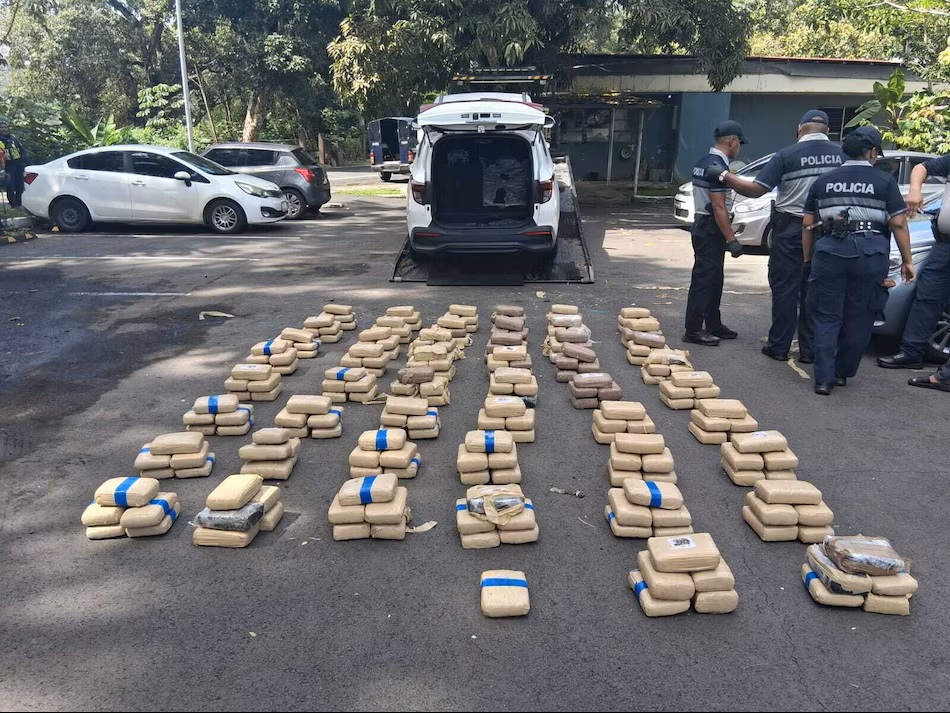The Battle for Colombian Pablo Escobar’s Inheritance Has Begun!

A family feud has erupted among the relatives of notorious drug lord Pablo Escobar. It has been rumored that both his brother and nephew were hiring hit men to attack each other. What is causing these new conflicts over the fortune of the world’s most infamous criminal, and what could the victorious heir stand to gain? The Escobar Museum has been demolished, and the assets should have been taken care of. Not long ago, authorities in Medellin demolished the building that had housed the museum of Pablo Escobar, the infamous drug lord, for several decades. The official explanation was that the deceased criminal’s relatives were unable to prove the legality of the structure. However, rumors suggest that the authorities were displeased by the museum’s popularity among locals and tourists.

Before it was demolished, the museum housed Escobar’s personal items, including the motorcycles he used with his accomplice while committing robberies. The museum had numerous objects, including a bullet-riddled Renault sports car and an armored Mercedes. According to legend, Escobar earned money by transporting goods in a small plane. The museum’s most prized items were the car of the famous robbers Bonnie and Clyde and a pistol that supposedly belonged to Al Capone. Before the museum was destroyed, Pablo’s older brother, Roberto Escobar, declared himself heir and removed all the exhibits. This did not sit well with his son, Nicolás Escobar, the drug lord’s nephew and who considered himself “Don Pablo’s favorite nephew.”

Nicholas believed that everything should belong to him as a legitimate inheritance, which led to a bitter dispute with his father. However, the estate includes unique items and between $25 and $30 billion that Escobar hid in South America. In 2020, a niece of his found $18 million hidden in the wall of her house after having a vision that led her to the hideout. A Colombian farmer was even luckier, as he discovered several plastic barrels of money on his land. After counting them, authorities found $600 million and thanked the farmer who discovered them for granting him a $3,000 agricultural loan. The story of Pablo Escobar, who controlled 80-90% of the US drug supply, has become romanticized. He always remembered growing up in the poorest neighborhood in Colombia. He made sure to help his fellow Colombians by building houses, hospitals, schools and stadiums.

Escobar’s criminal career began with petty street scams, counterfeiting lottery tickets, selling contraband cigarettes and stealing cars. Of course, he soon decided to set his sights a little higher. Escobar met his future wife, Maria Victoria Henao, in 1974 when he was 25, while she was just 13. They married two years later, remained together until Escobar’s death and had a son and a daughter, Sebastián Marroquín (born Juan Pablo Escobar) and Manuela Escobar. Using his vast fortune, Escobar bought his way into Colombian Congress, which granted him immediate judicial immunity. The position also entitled him to a diplomatic visa, allowing the drug lord to travel to Miami where he bought several mansions. Escobar had many different nicknames during his eventful life.

Many referred to him as ‘Don Pablo’, but other monikers ranged from El Padrino (The Godfather), El Patrón (The Boss) and El Señor (The Lord) to El Mágico (The Magician), El Pablito (little Pablo) and El Zar de la Cocaína (The Tsar of Cocaine). Head of the notorious Medellín Cartel and the wealthiest criminal in history, Escobar had almost $30 billion to his name by the early 1990s – money gathered through meticulously-planned, nefarious and often murderous means. And although ‘The King of Cocaine’ was killed by a Colombian Special Operations team at the age of 44, Pablo lived one of the fullest, most fascinating and flush lives of any criminal figure in history.






